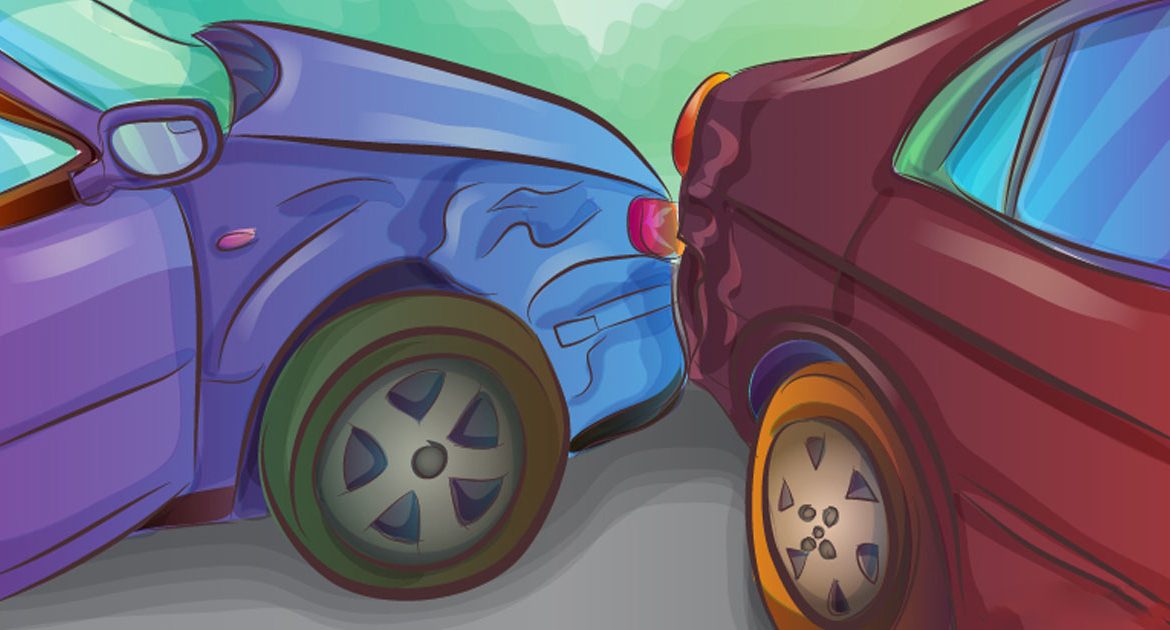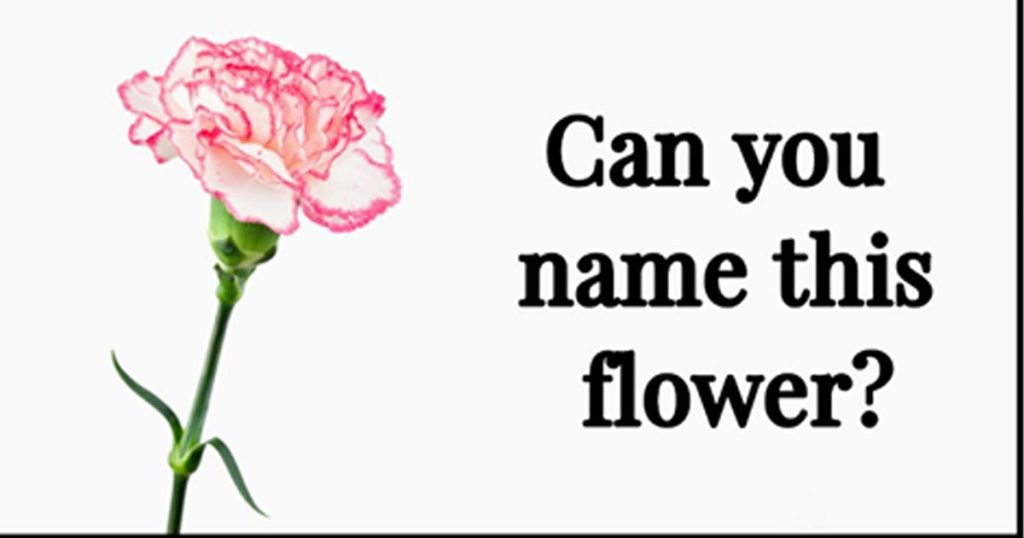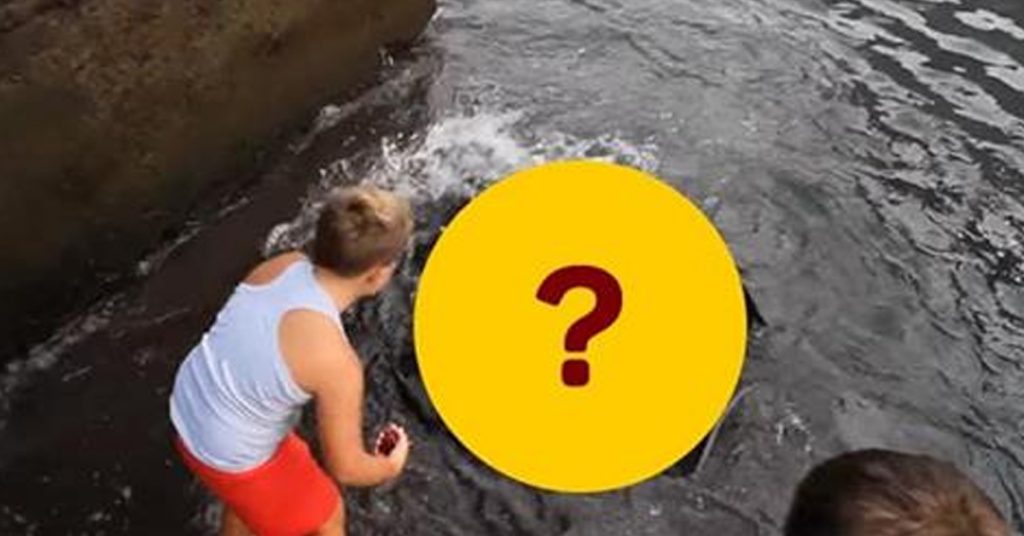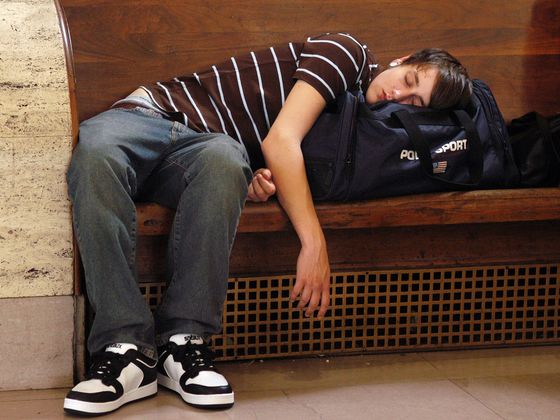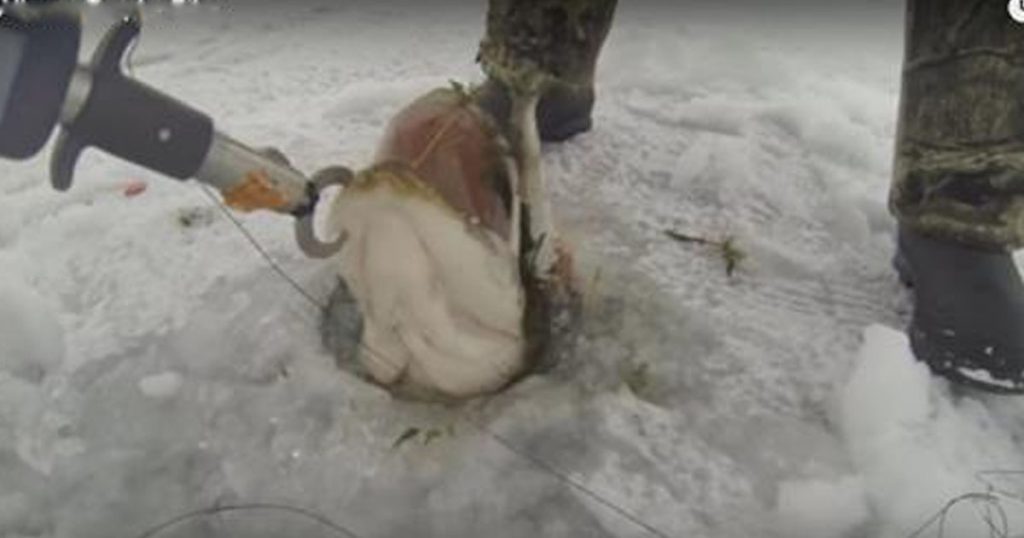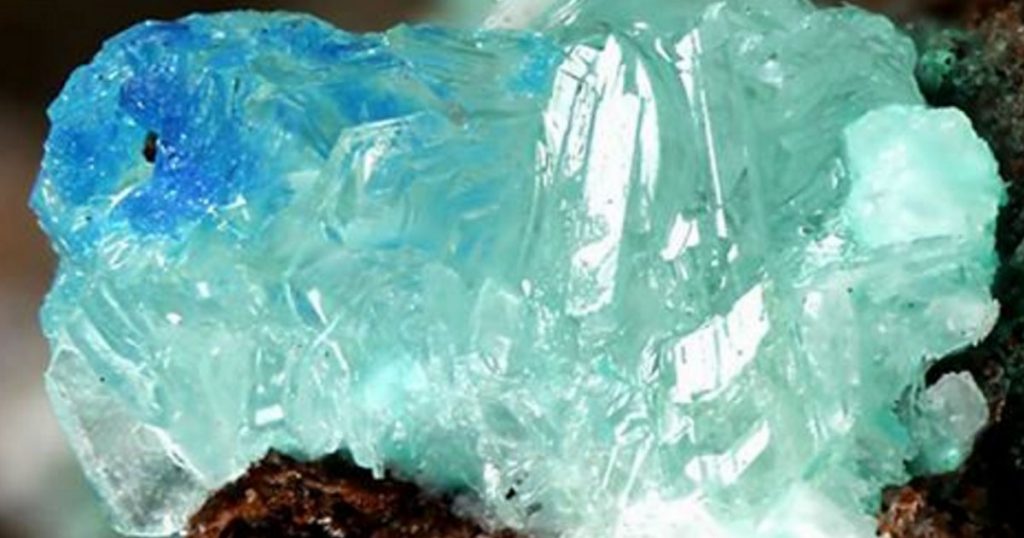It’s time to reveal myths about first aid that some people still believe in! Still sucking the poison out after a snake bite or applying vegetable oil to burns? Come on, this is absolutely insane!
Although most of us know that these are just “old wive’s tales”, we still make first aid mistakes that are not good (at best) and can even be very dangerous to human health.
Below are 15 of the most common first aid mistakes you should never make.
Mistake #1: Lifting a person who has lost consciousness

Don’t lift a person who has lost consciousness. This will exacerbate the condition!
What you should you: Raise the victim’s legs up, unbutton their clothes, and do not allow them to get up abruptly.
Important: After a person has regained consciousness, don’t try to give them a boost with a cup of coffee or Redbull because caffeine can lead to dehydration.
Mistake #2: Leaning back to stop bleeding from the nose
When you are tilting your head back, you are just draining the blood back to your throat. Due to this, you will have difficulty breathing and may swallow blood. And most importantly, you won’t even be able to stop bleeding in this way.
What you should do: You should keep your head upright. This reduces the blood pressure in the veins of the nose. Pinch your nostrils with your thumb and index finger for 15 minutes and breathe through your mouth. If the bleeding does not stop, you need to repeat the procedure again.
Important: If the situation does not change within 30 minutes or if somebody’s nose is bleeding after an injury (for example, due to a car accident), you need to immediately go to see a doctor.
Mistake #3: Putting a pencil or other object in somebody’s mouth if they are having an epileptic seizure
If you put an object in somebody’s mouth who is having a seizure to keep them from swallowing or biting their tongue, there is a chance that you will block the person’s airways. Besides, a person may swallow the object or bite their tongue.
What you should do: Protect a person from things that can harm them (from sharp objects, glass, falling into water, etc.).
Important: It is necessary to turn the victim on their side to help them clear their airways.
Mistake #4: Using vegetable oil, raw potatoes, sour cream, or kefir as an initial remedy for burns

If you use these “old wive’s tale” recipes for burns, you will only exacerbate the condition. Upon drying, these products form a film that disrupts heat transfer processes in the human body. As a result, heat enters inside and affects the deeper layers of the skin. Moreover, an open wound can become infected.
What you should do: Hold the burned area under cool water for at least 20 minutes.
Important: In no case should you pierce the blisters! This can lead to a suppuration.
Mistake #5: Using your hands to remove a particle from an eye
Any incorrect movement can result in an injury and even cause blindness. In addition, rubbing the eyes can cause scratches or abrasions.
What you should do: A natural tear is the best remedy for something in the eye. A tear can be induced by psychologically influencing the person. You can also try to remove a tiny foreign object from your eye with clean running water. If this does not work, you need to cover the affected eye with a gauze dressing and immediately go to a doctor.
Important: If a chemical has entered the eye, immediately wash it out with plenty of water!
Mistake #6: Applying ice directly to a bruise

Ice helps heal a hematoma. But you should not put a cold compress directly on your skin because you risk getting frostbite!
What you should do: You should put a thin barrier between the skin and the ice. Hold the cold item on the bruise for 10 minutes then remove it from the affected area for 20 minutes. Repeat this procedure as frequently as possible.
Important: Reduce the duration of the procedure to 5 minutes if you are dealing with a child!
Mistake #7: Applying heat to a sprain
Heat increases the flow of blood, which can significantly increase swelling.
What you should do: During the first days of injury, you should apply a cold compress since it reduces inflammation of the tissues and relieves pain. You should stay immobile for 48 hours.
Important: Dry heat and warming ointments are used no earlier than two days after the injury.
Mistake #8: Applying ointment directly to a wound
Ointments create undesirable moisture in lesions.
What you should do: Clean the wound under cool water with soap and cover with a clean dry bandage.
Important: Indeed, wounds and burns are best healed when exposed to air, especially if they are being regularly disinfected!
Mistake #9: Inducing vomiting after poisoning
It is generally recommended to induce vomiting in the case of poisoning. But this is categorically forbidden if you suspect poisoning from alkali, acid, and other caustic substances.
What you should do: If you are sure that vomiting is going to help, do not use soda, manganese, milk, etc. All you need is a lot of warm water.
Important: In the case of food poisoning, immediately call for an ambulance!
Mistake #10: Giving mouth-to-mouth after a heart attack

You need to forget this method once and for all! Cardiologists call for hands-only CPR. According to experts, the number of survivors after a heart attack will significantly increase if people learn how to correctly provide cardiopulmonary resuscitation (CPR).
What you should do: First of all, feel for a pulse in the neck. If you do not detect it, immediately start doing compressions (while someone else calls an ambulance). To do this, place one palm in the center of the chest, and the other hand on top of it and evenly press the chest 100 times per minute.
Important: In the case of a heart attack, immediately call for an ambulance!
Mistake #11: Independently fixing a dislocation
By trying to fix a dislocated joint, you can cause additional injuries.
What you should do: In no case should you try to forcibly straighten a limb. In the case of a dislocation, it should be bandaged in a position that is convenient for the injured person. Both the place of the possible fracture and the two nearest joints should be immobilized.
Important: You should fix the injured limb and immediately call for an ambulance.
Mistake #12: Removing objects from wounds
Of course, you can remove a splinter or a small glass shard from a wound, but don’t risk it with anything bigger! You’d better wait for a surgeon’s help! Otherwise, you will not be able to stop the bleeding, which will start immediately after removing the object. Besides, you will not be able to make up for blood loss if necessary.
What you should do: You’d better take the injured person to the nearest hospital.
Important: Never remove an object from a serious wound!
Mistake #13: Applying a tourniquet to stop heavy bleeding

Cessation of blood circulation increases the risk of tissue damage and even limb loss.
What you should do: Put a sterile gauze or a clean cloth on the wound and press it down firmly, even if the dressing is completely soaked with blood. Monitor the bleeding with your finger until the person receives qualified help.
Important: There are a few exceptions to this rule, for example, when there is a need to amputate the limb, or if the person is bleeding.
Mistake #14: Sucking the venom out of a wound from a snake bite
This is one of the most dangerous first aid myths! When you suck the venom out you are risking your own life!
What you should do: An antidote is the only safe treatment for a snake bite.
Important: Sometimes, it is recommended to make a small incision between the bite marks. But this only increases the risk of infection!
Mistake #15: “Rescuing” the survivors of a car accident.

Although we constantly see this in movies, never do that! Fractures of the spine or neck are some of the most terrible injuries, especially after a car accident. Attempts to move a person can result in paralysis!
What you should do: Immediately call for an ambulance! Until it arrives, make sure the person is breathing and is lying in a comfortable position.
Important: You can help the victim with psychological support. Try to reassure the victims that help is on the way. Stay close until the medics arrive.
Perhaps, these tips will save someone’s life! Please share this post with your family and friends and help them avoid the most common first aid mistakes!
